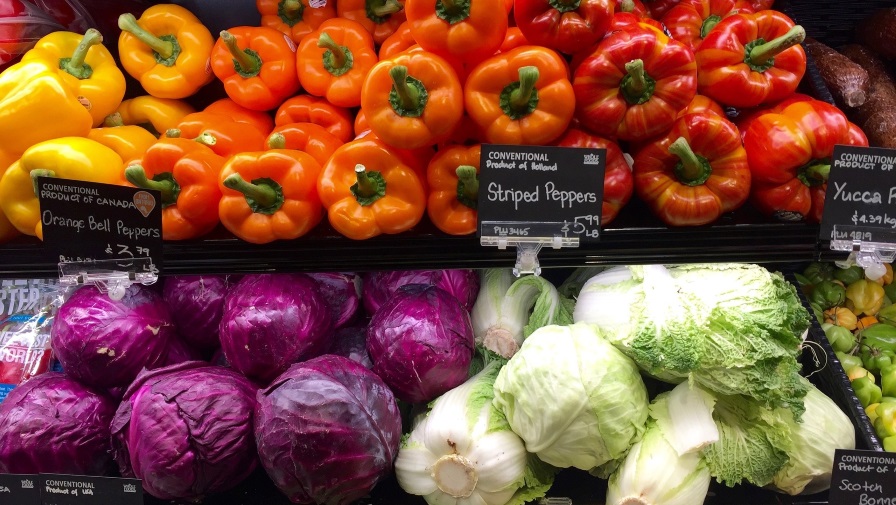Brown Rot Sinks its Teeth into Michigan Cherries
Growers in the East have had their fair share of wet weather to contend with this year. This season has been anything but usual for those in Northwest Michigan, where sweet cherries were hit with high infection of brown rot.
“Between June 12 and July 14, there were 19 days of rain, seven of those days with more than a quarter inch of rain. That’s fairly unusual,” says George Sundin, a Professor and Extension Plant Pathologist in the Plant, Soil, and Microbial Sciences Department at Michigan State University of the weather data coming from the Northwest Michigan Horticultural Research Center in Suttons Bay, MI.
Sundin also notes that along with the wet weather, the month of June had a lot of days with temperatures above 80°F. He says when Mother Nature presents that type of situation, it’s difficult for disease control.
“About mid-70s to 80°F are temperatures that really favor brown rot,” he says.
What also challenges growers is how to control the pathogen with fungicides.
“Even when we think our fungicides work really well, when the weather is like this and out of whack and favoring the pathogen, it’s really difficult to keep things under control,” he says.
Add to that the large canopies and high density of sweet cherries on a tree, and thorough spray coverage becomes elusive at times.
Brown rot, Sundin says, is a cycling disease. Even when growers scout orchards properly, the pathogen, even in small strikes or undetectable infections, can flare up quickly.
“The fungus finds fruit [missed with a fungicide spray] and can take it over within a couple of days. They start to produce thousands of spores,” he says. “They’re right in the tree, they just need to drop to the next tree or get a little air and rise up and find adjacent fruit, and it keeps on cycling.”
Control Measures
Growers who have infections and are about a week or more out from harvest and have low levels of infections can use fungicides to protect the uninfected fruit.
He suggests growers use two in the SDHI class, Merivon (BASF) and Luna Sensation (Bayer CropScience), and also Indar (Dow Agroscience). Merivon and Indar have a 0 day pre-harvest interval (PHI), so growers can protect fruit the same day as harvest. Luna Sensation has a 1-Day PHI. Sundin also suggests growers tank mix Captan, which has a 0-day PHI, with Merivon or Luna Sensation.
He suggests looking at each state’s fruit management guide for proper fungicide application.
Sundin also cautions that if there are brown rot infections in cherry orchards, growers should be very vigilant, especially if they also grow peaches.
“The idea is to be really focused on protecting those fruit, because the same fungus that is infecting the cherries can cross over into the peaches,” he says. “As the fruit ripens, brown rot infections occur more readily. They prefer fruit where the sugar content is getting higher.”
Losses Vary
Sundin says overall the sweet cherry crop has an estimated 20% potential loss. But the infection rate will vary from orchard to orchard.
“Some growers are taking truckloads of sweet cherries into processors, and the load gets rejected in some cases if there’s more than 2% infection. It’s a huge loss [for the grower], but the infection level may not be super high in every individual case,” he says.
With an Eye on Next Year
As the infected fruit dries out and becomes a mummy, it serves as a host for next year’s spores. Ideally, Sundin says, you’d want to remove all the mummies to control the pathogen in your orchard. However, with a lot of cherries on tall trees, it’s an almost impossible task.
“It’s not like apple scab leaves where we try to degrade them on the orchard floor. With cherries, there are going to be too many cherries left over,” he says.
So, without the option of removing overwintering inoculum, Sundin says your option is to focus on control for 2018.
“We do two things the next year: we’re really cognizant of brown rot and we focus on controlling it, and we hope for a better year in terms of weather,” he says. “If it’s dry, if we don’t get that many frequent rains, then brown rot is easier to control.”
Keep in mind, he says, this is not a normal growing season. A typical June for Northwest Michigan might mean five days of rain, and also means infection control is easier because the spread of infection is not as rampant.
“Don’t despair. Yes this is a bad year, but we typically don’t have consecutive bad years,” he says. “We can go from a year like this into the following year and keep it under control readily. We can recover from this.”










